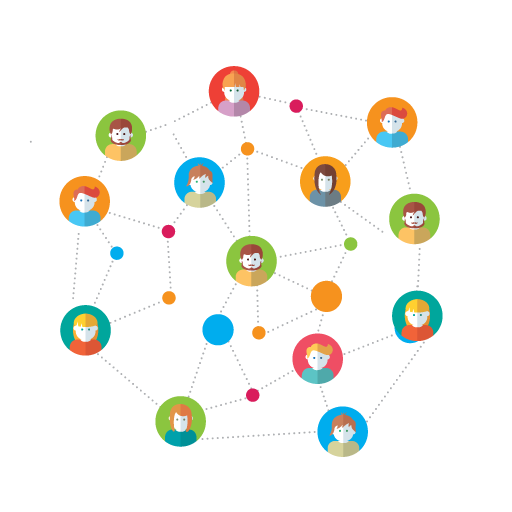Empowering Stakeholders to Design Effective Interventions
Human-Centered Design (HCD) workshop was conducted in Uttar Pradesh and Meghalaya, India to develop targeted interventions based on the specific needs and behaviors of the target population.
HCD places stakeholders and community at the heart of the design process. This workshop brought together key practitioners from state, district and block health team to tackle the challenge of low RI rates from various perspectives. This collaborative approach fosters the development of innovative and culturally appropriate interventions.
The workshop followed a structured HCD approach:











This HCD workshop demonstrates the effectiveness of a stakeholder-driven approach in designing impactful interventions. By understanding the target population's needs and motivations, the workshop participants were empowered to develop culturally relevant solutions with a high chance of success.
The interventions were refined and reiterated through series of discussion and field visit with the workshop participants and field health teams. The key interventions are currently being piloted in the respective blocks and villages chosen by the field teams which will be evaluated post the pilot period to understand the effectiveness and scalability.